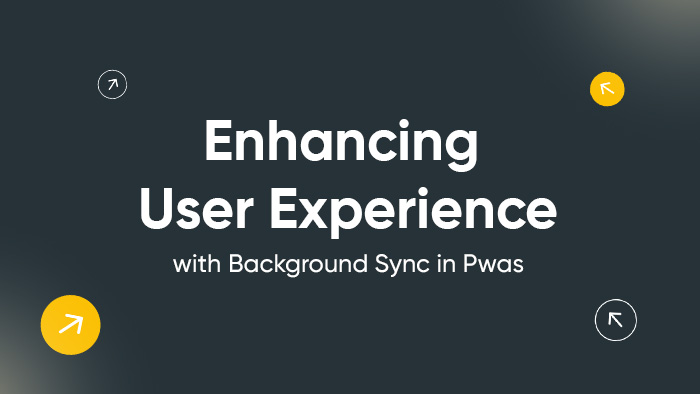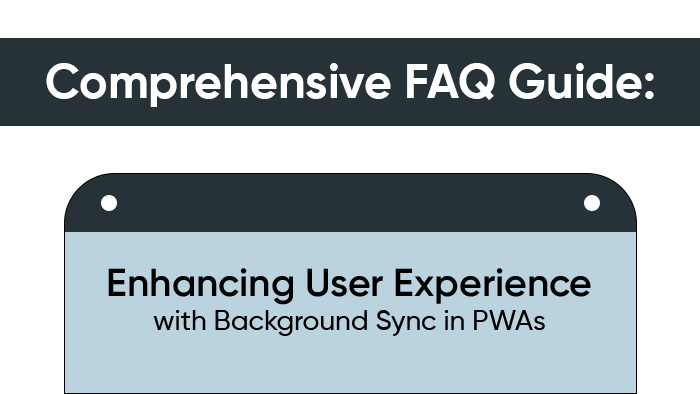How can I optimize mobile app performance for handling offline caching or preloading of content?
To optimize mobile app performance for handling offline caching or preloading of content, there are several strategies you can implement. First, you can use **Service Workers** to cache static assets and API responses, allowing the app to function offline. **IndexedDB** can be leveraged to store dynamic content, such as user-generated data. **App Shell Architecture** ensures that essential assets are cached for quick loading, while **lazy loading** techniques can optimize the loading of non-essential content. Additionally, **data compression** techniques like **gzip** can reduce file sizes for faster downloads. Lastly, **background sync** with the help of **Background Sync API** allows the app to sync data with the server when the device reconnects to the internet.

